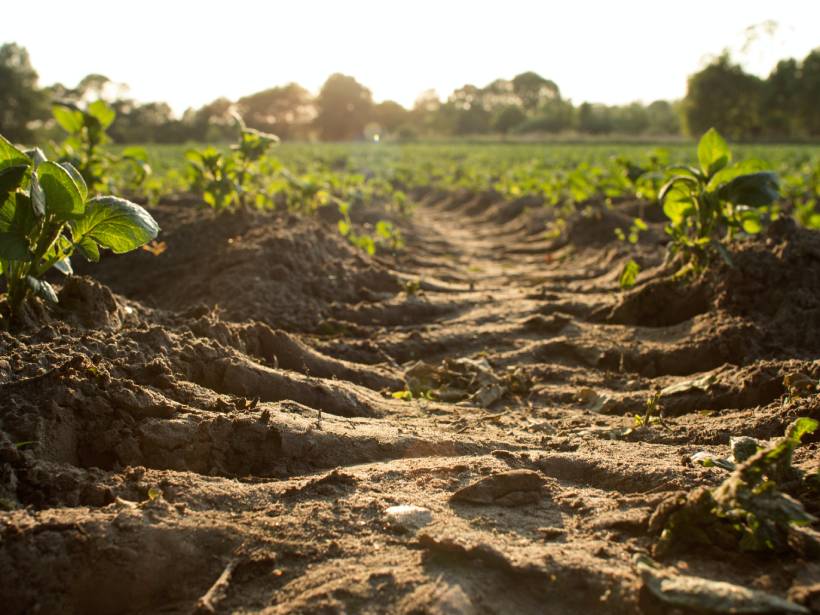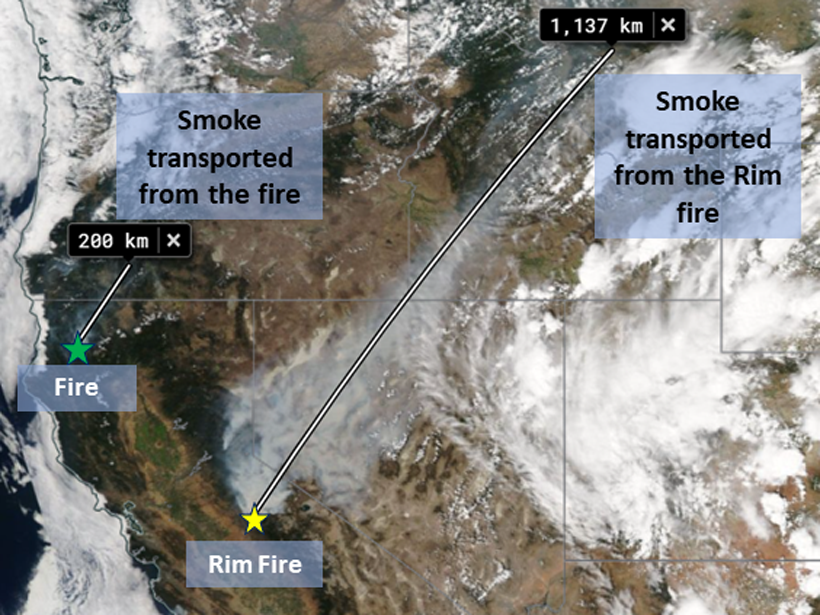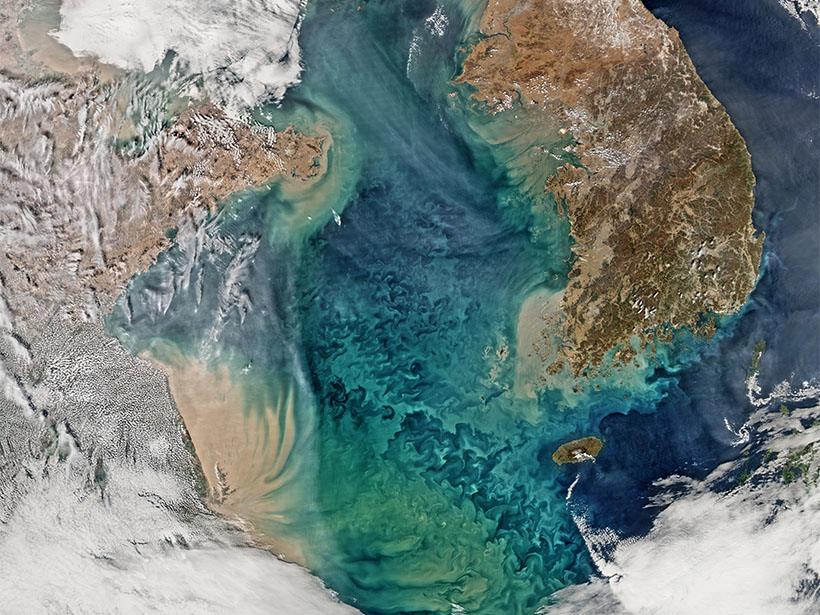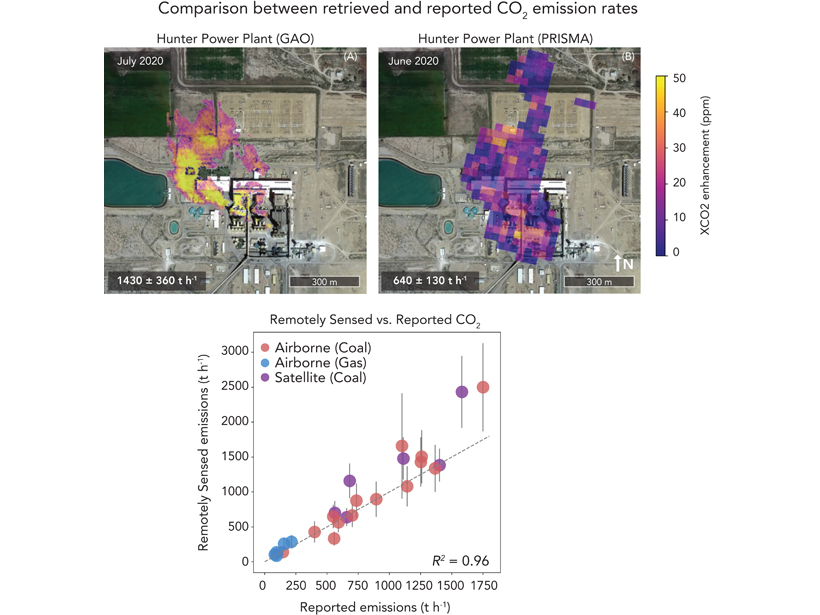El carbono orgánico del suelo es un elemento importante para la salud de los ecosistemas y del clima. En la actualidad la teledetección permite a los científicos observar globalmente esta importante pieza del rompecabezas del carbono.
remote sensing
Realizing Machine Learning’s Promise in Geoscience Remote Sensing
Machine learning and signal processing methods offer significant benefits to the geosciences, but realizing this potential will require closer engagement among different research communities.
Improved Algorithms Help Scientists Monitor Wildfires from Space
Wildfires release pollutants that harm human health. Quality satellite monitoring can help track these pollutants and predict where they may become health hazards.
Observations from Space and Ground Reveal Clues About Lightning
In a coordinated monitoring effort, scientists have uncovered the timing and triggering of high-energy lightning events in the sky.
The Earth in Living Color: Monitoring Our Planet from Above
A new special collection invites papers on a new era of remote sensing missions and instruments that will provide insights into human and climate driven changes on planet Earth.
Chasing Cyclones from Space
The pioneering use of satellite-based synthetic aperture radar to characterize tropical cyclones in near-real time has provided a crucial new tool with which to forecast powerful storms.
Constraining Global Power Plant Emissions of Carbon Dioxide
Airborne and satellite imaging spectrometers provide accurate quantifying of CO2 emissions at the facility scale, which is important to emission budgets and policy constraints.
Integrating Data to Find Links Between Environment and Health
Several obstacles stand in the way of integrating social, health, and Earth science data for vital geohealth studies, but there are tools and opportunities to overcome these obstacles.
Convective Transport Explains “Missing” Ice near the Tropical Tropopause
Spaceborne lidar shows that more ice than expected is leaving the tropical tropopause layer in the atmosphere.
The Promise of Spaceborne High Spectral Resolution Lidar
New spaceborne high spectral resolution lidar measurements provide a new view of global aerosols.










